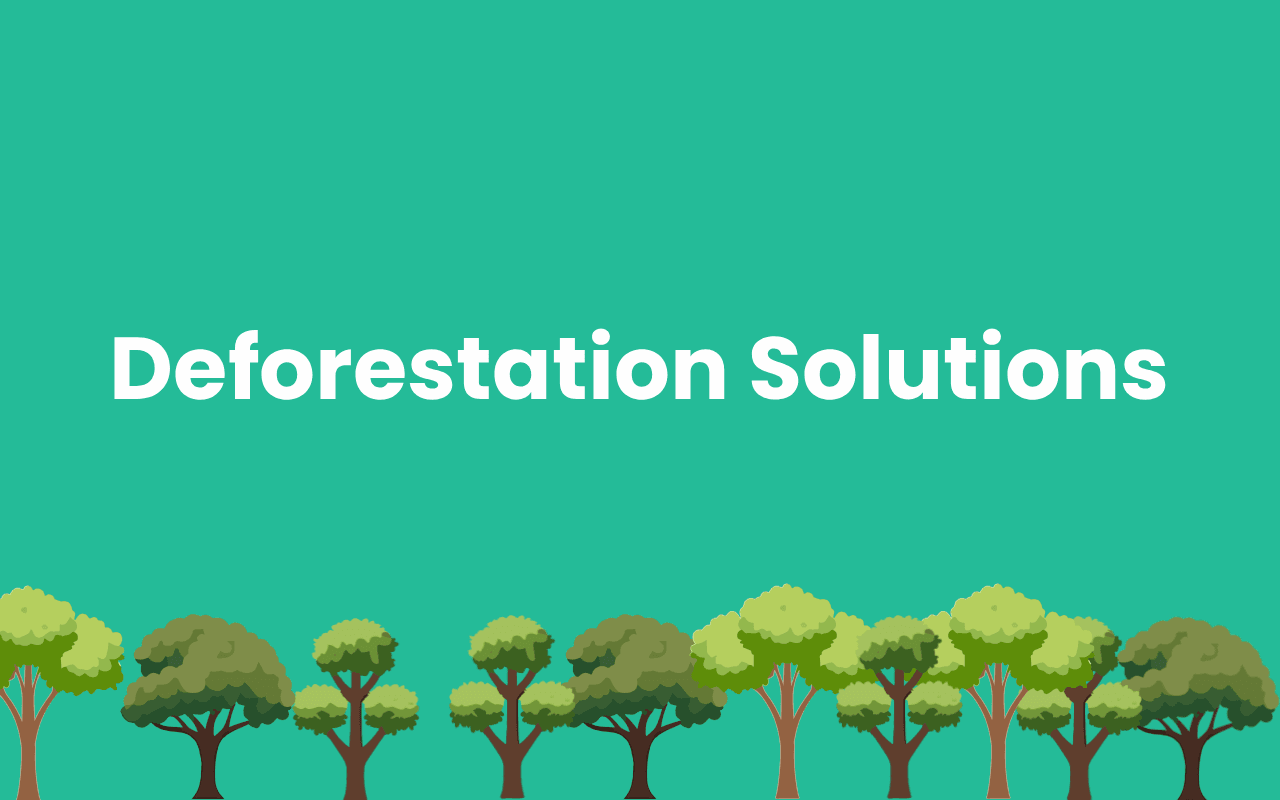
Tree Planting Campaigns: Opportunities, Pitfalls, and Best Practices
Tree planting has emerged as a widely embraced strategy to combat climate change, restore ecosystems, and enhance biodiversity. Around the world, numerous campaigns aim to plant millions of trees each year, driven by governments, conservation groups, communities, and private landowners. While the potential benefits of these efforts are significant, their success depends heavily on careful planning, appropriate species selection, and long-term care.
The Promise of Tree Planting
Tree planting offers a variety of environmental benefits:
Carbon Sequestration: Trees absorb carbon dioxide from the atmosphere, helping to mitigate climate change by acting as natural carbon sinks.
Improved Air and Water Quality: Trees filter pollutants, improve air quality, and help purify water sources by stabilizing soils and reducing runoff.
Soil Stabilization: Root systems prevent erosion and promote healthy soil, which supports agriculture and natural ecosystems.
Biodiversity Enhancement: Well-planned tree planting can restore wildlife habitats, increase species diversity, and strengthen ecosystem resilience.
Many campaigns provide financial incentives and technical support to landowners and communities, encouraging widespread participation and fostering partnerships that amplify impact.
Common Pitfalls in Tree Planting Initiatives
Despite good intentions, some tree planting efforts fall short or even cause harm due to:
Planting in Unsuitable Ecosystems: Introducing trees into natural grasslands or savannahs can disrupt native ecosystems, reduce biodiversity, and alter local climate dynamics.
Use of Non-Native Species: Planting non-native or invasive species can threaten native flora and fauna, potentially leading to long-term ecological imbalances.
Monoculture Plantations: Large-scale planting of a single tree species reduces biodiversity and increases vulnerability to pests, diseases, and climate stress.
Lack of Long-Term Maintenance: Without ongoing care, many newly planted trees fail to survive or thrive, undermining the intended environmental benefits.
These challenges often stem from a focus on quantity over quality, insufficient ecological assessment, and lack of community engagement.
Best Practices for Successful Tree Planting
To maximize the positive impact of tree planting campaigns, it is essential to:
Conduct Site-Specific Assessments: Understand local ecosystems and select native species suited to the site’s soil, climate, and ecological context.
Promote Species Diversity: Plant a mix of tree species to enhance resilience and support a wider range of wildlife.
Engage Local Communities: Involve landowners and residents in planning, planting, and stewardship to ensure commitment and knowledge transfer.
Provide Technical Support and Incentives: Offer guidance, training, and financial assistance to encourage proper planting techniques and long-term care.
Focus on Restoration, Not Conversion: Prioritize degraded or deforested lands rather than converting natural grasslands or other valuable ecosystems into forests.
Conclusion
Tree planting remains a powerful and inspiring tool in the global response to climate change and biodiversity loss. However, its effectiveness depends on thoughtful implementation grounded in ecological science and community collaboration. By avoiding common pitfalls and embracing best practices, tree planting campaigns can truly contribute to building healthier, more resilient landscapes for the future.



